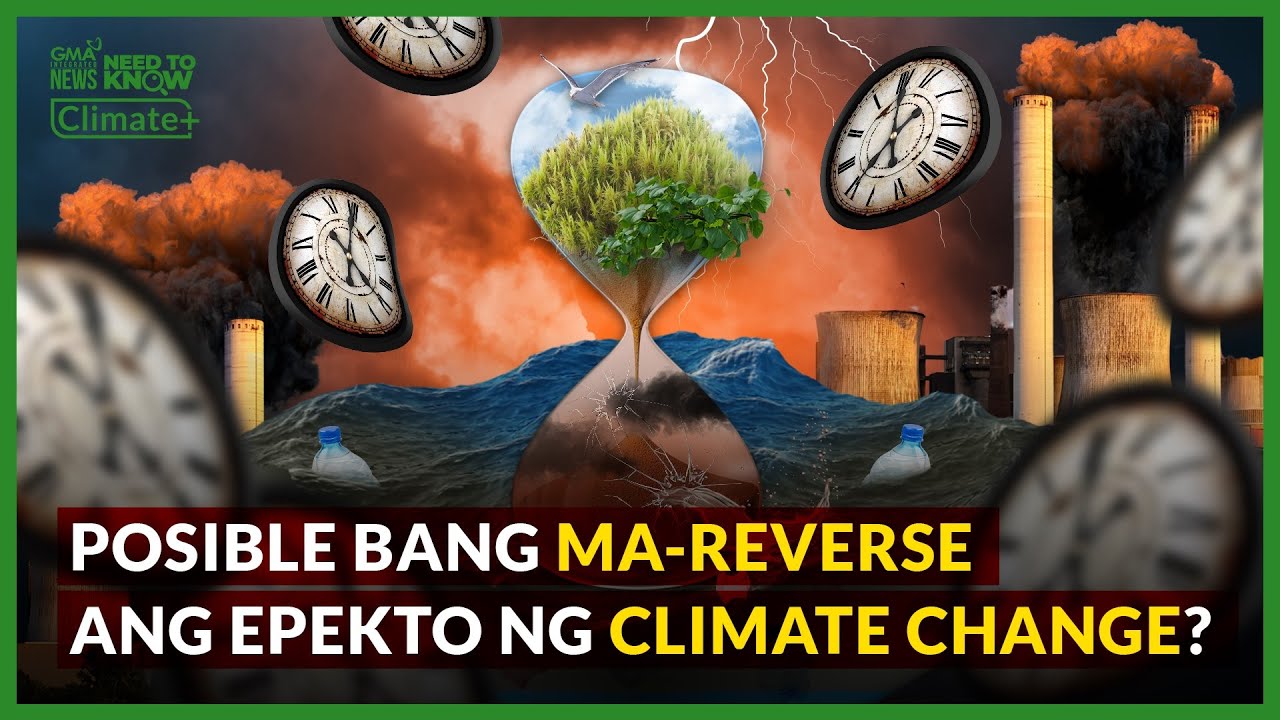Fifth Assessment Report - Synthesis report
Summary
TLDRThe IPCC's fifth assessment report confirms human-induced climate change, with greenhouse gas emissions at an all-time high. It warns of severe impacts on ecosystems and societies, emphasizing the urgency for decisive action. The report provides a comprehensive analysis, integrating over 30,000 scientific papers, and offers a roadmap for policymakers to mitigate climate change. It highlights the necessity of international cooperation and the implementation of a broad range of technologies for effective mitigation.
Takeaways
- 🌍 Human influence on the climate system is clear, with recent greenhouse gas emissions at the highest levels in history.
- 🔥 Climate change has caused widespread and profound impacts on both human and natural systems.
- ⏰ Urgent and decisive action is required to avoid increasingly destructive outcomes of climate change.
- 📚 The fifth assessment report by the IPCC is the most comprehensive and up-to-date assessment of climate change to date.
- 📈 The concentration of CO2 in the atmosphere has increased by 40% since pre-industrial times, primarily due to human activities.
- 🧊 The effects of global warming are most evident in colder regions, with ice sheets, glaciers, and permafrost experiencing significant changes.
- 🌊 Rising sea levels, due to thermal expansion and loss of mass from glaciers, have been observed throughout the 20th century and continue to rise.
- 🌡️ A warmer atmosphere and ocean are leading to higher sea levels and changes in the cryosphere with serious implications.
- 🌱 Climate change impacts ecosystems, human health, freshwater resources, and agriculture, showing sensitivity to climate changes.
- 🌿 Adaptation and mitigation are complementary activities, with benefits playing out on different timescales.
- 🌐 International cooperation is essential for limiting future climate change and achieving ambitious mitigation targets.
Q & A
What is the current state of scientific evidence regarding human influence on climate change?
-The scientific evidence is stronger than ever, indicating that human influence on the climate system is clear and that recent anthropogenic emissions of greenhouse gases are at the highest levels in history.
What are the widespread impacts of climate change on human and natural systems?
-Climate change has caused widespread and profound impacts on human and natural systems, including ecosystems, human health, freshwater resources, and agriculture.
What does the fifth assessment report by the IPCC offer?
-The fifth assessment report is the most comprehensive and up-to-date assessment of climate change carried out so far, providing a road map for policymakers to take action and deal with the challenge of climate change.
How many scientific papers were assessed in the creation of the IPCC's fifth assessment report?
-Over 30,000 scientific papers were assessed in the creation of the IPCC's fifth assessment report.
What is the significance of the observed changes in the climate since the 1950s?
-The observed changes in the climate since the 1950s are unprecedented over decades to millennia, with the atmosphere and ocean warming, snow and ice diminishing, and sea levels rising.
How has the concentration of CO2 in the atmosphere changed since pre-industrial times?
-The concentration of CO2 in the atmosphere has increased by 40% since pre-industrial times, mainly due to human activities, and is higher than at any point in the last 800,000 years.
What are the main contributors to the rise in global temperatures?
-The main contributors to the rise in global temperatures are greenhouse gases, particularly CO2, which have been emitted at the highest levels in history.
What are the effects of global warming on the cryosphere?
-The effects of global warming on the cryosphere include the loss of mass from ice sheets and glaciers, thawing of permafrost, and decreasing sea ice cover in the Arctic.
How has sea level risen from 1900 to 2010 and what are the dominant contributions to this rise?
-Sea level has risen by about 19 centimeters from 1900 to 2010, with the dominant contributions being ocean thermal expansion and the loss of mass from glaciers.
What is the relationship between a warmer atmosphere and sea levels?
-A warmer atmosphere contributes to higher sea levels due to thermal expansion of the oceans and the melting of land-based ice, which adds more water to the oceans.
What are the challenges and opportunities for mitigation and adaptation to climate change?
-Challenges include the need for substantial and sustained reductions in greenhouse gas emissions and the establishment of international cooperation. Opportunities involve the implementation of a broad portfolio of technologies and practices, from renewables to carbon capture and storage, and the potential for co-benefits such as improved health and reduced pressure on local resources.
Outlines

This section is available to paid users only. Please upgrade to access this part.
Upgrade NowMindmap

This section is available to paid users only. Please upgrade to access this part.
Upgrade NowKeywords

This section is available to paid users only. Please upgrade to access this part.
Upgrade NowHighlights

This section is available to paid users only. Please upgrade to access this part.
Upgrade NowTranscripts

This section is available to paid users only. Please upgrade to access this part.
Upgrade NowBrowse More Related Video

Climate Change Animation Shows Devastating Effects

Posible bang ma-reverse ang epekto ng climate change? | Need to Know

Krisis Iklim dan Dampaknya Terhadap Perempuan | Beropini eps. 90

7 Fakten zum menschengemachten Klimawandel | Terra X

Challenge: Tell Us a Climate Story! | NASA Space Apps Challenge

Climate Change 2021: The Physical Science Basis - Full video
5.0 / 5 (0 votes)